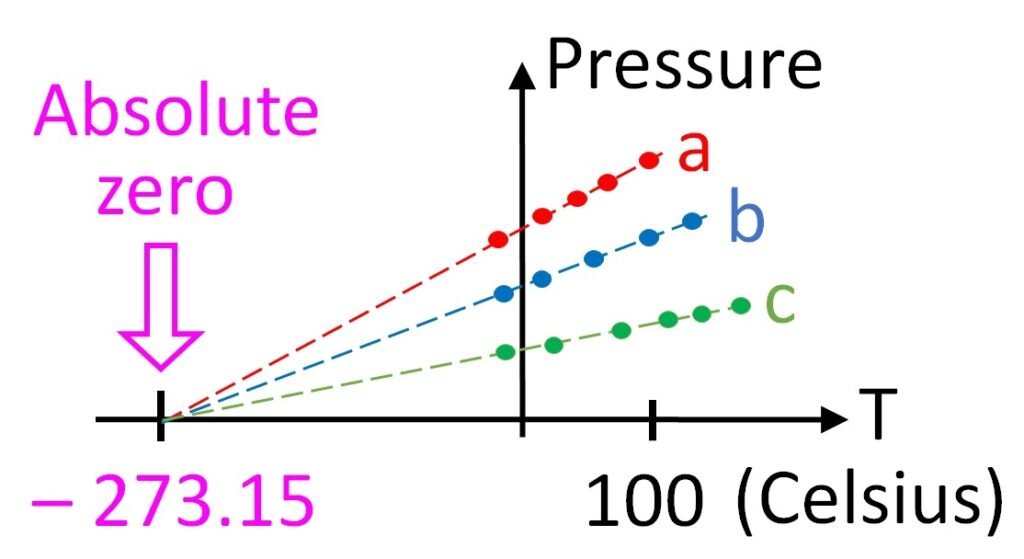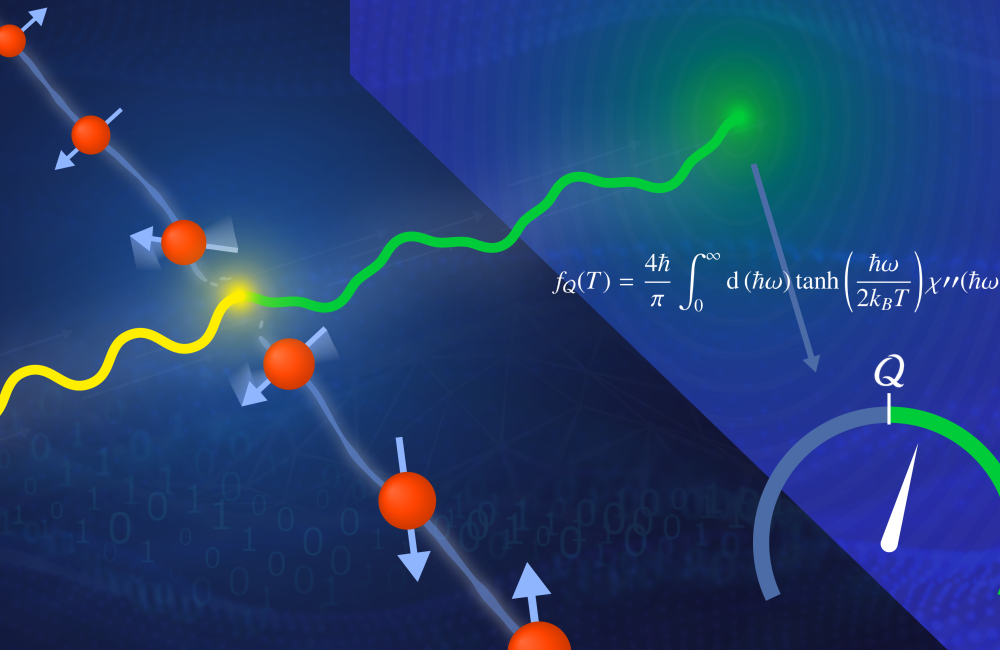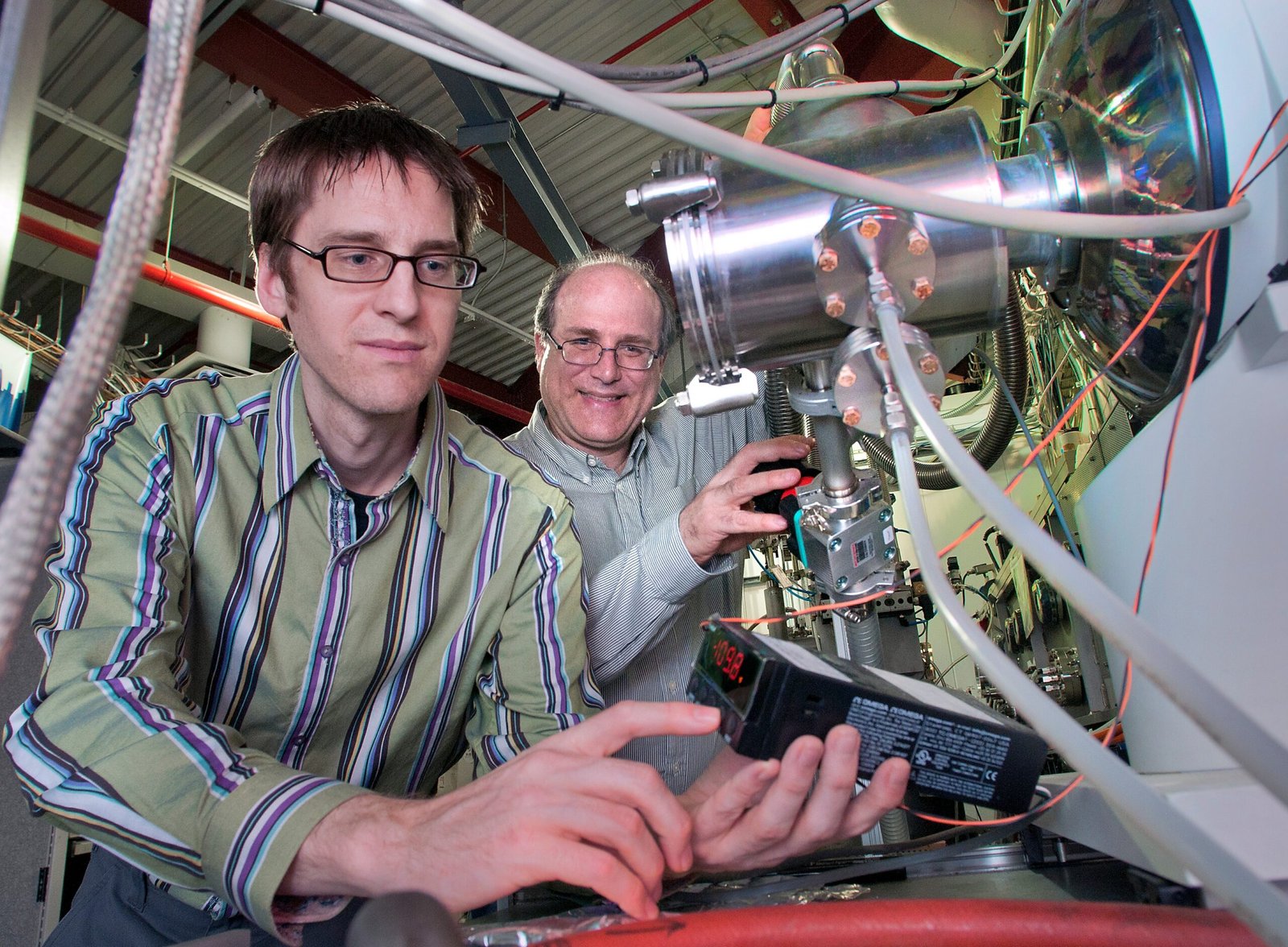In the fascinating world of physics, the concept of temperature is a fundamental one. We often think of temperature in terms of hot and cold, with absolute zero, or -273.15°C, being the lowest possible temperature where all molecular motion ceases. However, recent scientific experiments are challenging this traditional understanding by delving into the realm of negative temperatures. This captivating exploration into negative temperatures below absolute zero opens a new frontier in our understanding of thermodynamics and quantum mechanics.
Understanding Absolute Zero

Absolute zero, scientifically defined as 0 Kelvin, represents a state where particles exhibit minimal motion. It’s akin to a car that has come to a complete stop, with no movement whatsoever. At this temperature, particles are in their lowest energy state, making it a theoretical boundary in thermodynamics. However, nature is full of surprises, and scientists have found intriguing ways to transcend this boundary, diving into negative temperatures where particles exhibit unusual behaviors. This enigmatic realm challenges our conventional understanding of temperature.
The Concept of Negative Temperature

Negative temperatures, paradoxically, don’t mean colder but rather hotter than any positive temperature. Imagine a particle system where energy levels are inverted, similar to a hill becoming a valley. In such systems, particles prefer higher energy states, leading to counterintuitive behaviors. This concept is akin to a crowded dance floor where dancers, instead of spreading out, cluster tightly in high-energy dances. Negative temperatures allow particles to achieve unusual states, offering invaluable insights into complex quantum systems.
How Negative Temperatures Are Achieved
Achieving negative temperatures requires creating systems with specific energy distributions. Scientists utilize lasers and magnetic fields to manipulate atomic interactions, akin to coaxing a stubborn cat into a new cozy spot. By carefully controlling these interactions, they create a situation where particles behave as though they exist in a realm beyond absolute zero. This delicate balance of forces is crucial, as it allows researchers to explore new thermodynamic landscapes where traditional rules no longer apply.
Implications for Quantum Mechanics

The exploration of negative temperatures offers profound implications for quantum mechanics. In these systems, particles exhibit behaviors that defy classical expectations, akin to a magician performing tricks that boggle the mind. Negative temperatures provide a unique testing ground for quantum theories, allowing scientists to probe the limits of quantum entanglement and coherence. This research could potentially revolutionize our understanding of quantum systems and lead to breakthroughs in quantum computing.
Thermodynamic Anomalies

Negative temperatures introduce fascinating anomalies in thermodynamics. In traditional systems, adding energy typically increases temperature. However, in negative temperature systems, adding energy decreases temperature, akin to adding fuel to a fire that cools it down. This counterintuitive behavior challenges the conventional laws of thermodynamics, prompting scientists to rethink the fundamental principles governing energy and entropy. These anomalies offer a window into the complex interplay between energy and order in the universe.
Potential Applications in Material Science

The study of negative temperatures holds promising potential for material science. By understanding how particles behave in these extreme conditions, scientists can develop new materials with unique properties. Imagine materials that conduct electricity without resistance or exhibit extraordinary strength. Negative temperatures provide a fertile ground for exploring the limits of material properties, potentially leading to breakthroughs in superconductivity and advanced material design.
Negative Temperatures and Cosmology
Negative temperatures also offer intriguing insights into cosmology. The universe itself can be seen as a complex thermodynamic system, and understanding negative temperatures can shed light on its evolution. These studies might help answer profound questions about the origins of the universe and the nature of dark energy. By exploring the interplay between energy and temperature on a cosmic scale, scientists hope to unravel the mysteries of our universe’s past and future.
Challenges and Controversies
While the exploration of negative temperatures is exciting, it also presents significant challenges and controversies. The concept itself challenges long-standing scientific paradigms, leading to debates within the scientific community. Some skeptics argue that negative temperatures are merely mathematical abstractions, while others see them as a legitimate frontier in physics. Overcoming these challenges requires meticulous experimentation and open-mindedness, as scientists navigate the uncharted territories of thermodynamics.
The Future of Negative Temperature Research
As scientists continue to explore negative temperatures, the future holds immense potential for discovery. This field of research is akin to a vast, uncharted ocean waiting to be explored. The journey promises to reshape our understanding of physics, offering new insights into the fundamental nature of reality. As scientists push the boundaries of what we know, they invite us all to join in the quest for knowledge, encouraging curiosity and wonder in the face of the unknown.




